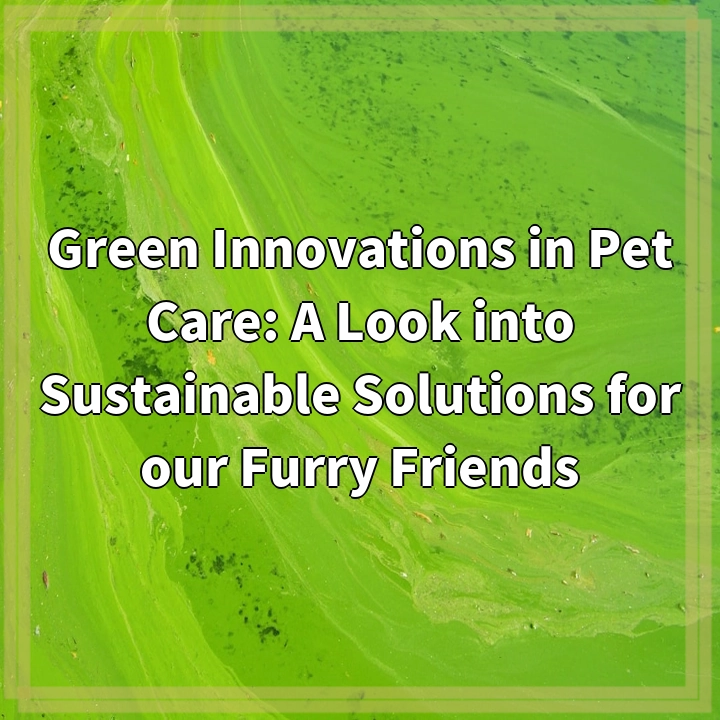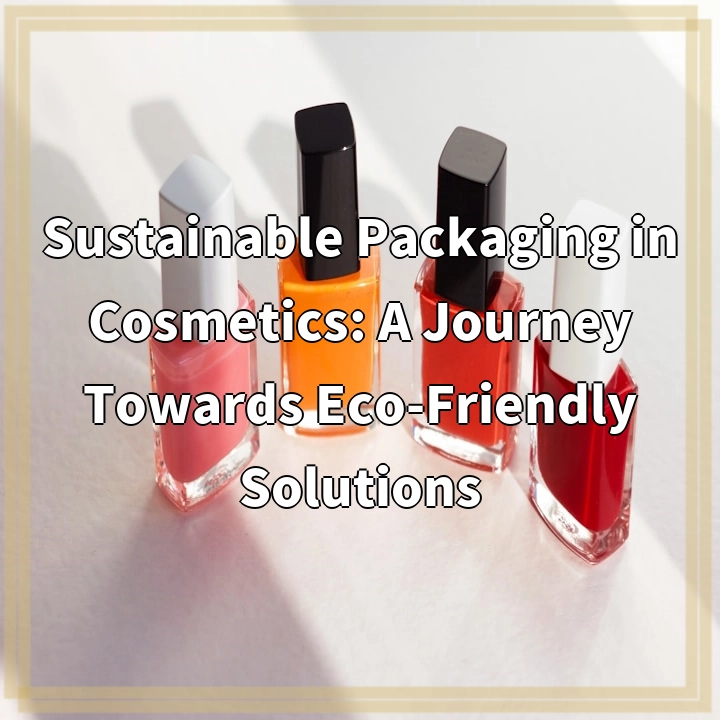
What it is:
Green Innovations in Pet Care refers to the implementation of sustainable and eco-friendly practices in various aspects of pet care. It encompasses a range of solutions that aim to minimize the environmental impact of pet ownership while ensuring the health and well-being of our furry friends.
Real-World Problems:
1. Waste Generation: The pet care industry contributes to a significant amount of waste, including pet food packaging, plastic poop bags, and disposable pet products. This waste often ends up in landfills, contributing to pollution and environmental degradation.
2. Carbon Footprint: The production and transportation of pet food, toys, and other supplies generate greenhouse gas emissions, further exacerbating climate change. Additionally, pet waste, particularly from dogs and cats, releases methane, a potent greenhouse gas.
3. Water Consumption: Pet grooming, maintaining clean enclosures, and washing pet accessories require substantial amounts of water. In regions experiencing water scarcity, these water-intensive practices pose environmental challenges.
4. Chemical Exposure: Many conventional pet care products contain harmful chemicals, such as pesticides, synthetic fragrances, and phthalates. These substances can negatively impact both the environment and the health of pets and their owners.
5. Wildlife Impact: Outdoor cats can have detrimental effects on local wildlife populations, especially birds and small mammals. Ecosystem disruption caused by pets can have cascading effects on biodiversity and ecological balance.
6. Animal Welfare: Ethical concerns arise from the production of pet food and accessories. The sourcing of ingredients or materials from unsustainable or inhumane practices can compromise animal welfare.

Solutions for Green Innovations in Pet Care:
1. Sustainable Packaging: Utilizing biodegradable or recyclable materials for pet food packaging and opting for bulk purchases or refillable containers can help reduce waste generation.
2. Eco-Friendly Pet Products: Choosing pet toys, bedding, and accessories made from sustainable materials like organic cotton, natural rubber, or recycled materials can lower the carbon footprint of pet care.
3. Biodegradable Poop Bags: Switching to biodegradable or compostable poop bags made from plant-based materials can minimize plastic waste contamination.
4. Sustainable Pet Food: Opting for pet food brands that prioritize sustainable sourcing, use minimal packaging, and prioritize environmentally friendly production methods can help lower the carbon footprint of the pet food industry.
5. Water Conservation: Implementing water-saving practices during pet grooming, such as using dry shampoos or low-flow showerheads, can reduce water consumption.
6. Natural and Non-Toxic Products: Choosing grooming products, cleaning agents, and pest control methods that are natural, non-toxic, and free from harmful chemicals can safeguard both the environment and the health of pets.
7. Responsible Pet Ownership: Encouraging responsible pet ownership practices, such as spaying and neutering to prevent overpopulation, keeping cats indoors to protect wildlife, and adopting pets from shelters, promotes animal welfare and reduces the environmental impact of pet ownership.















